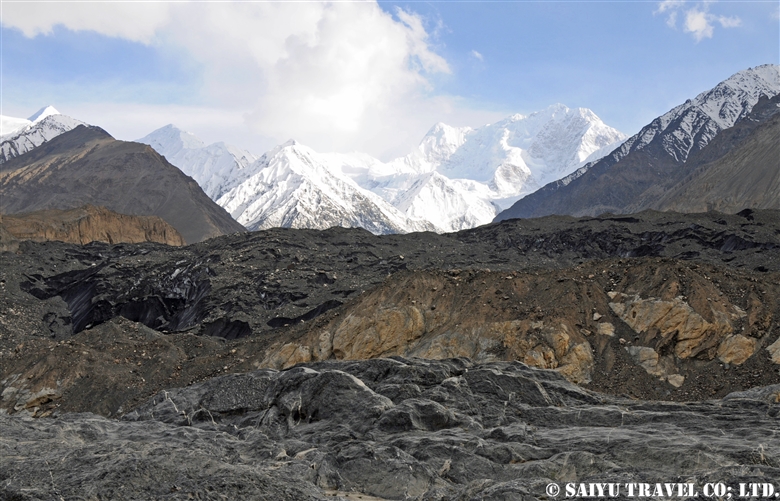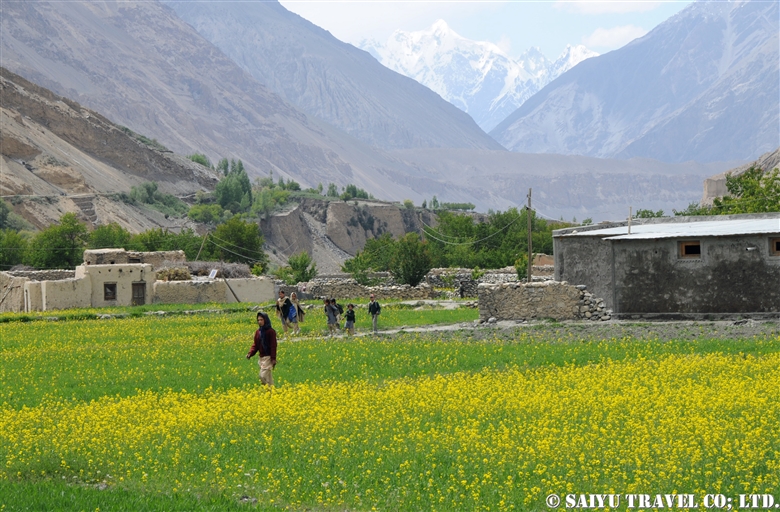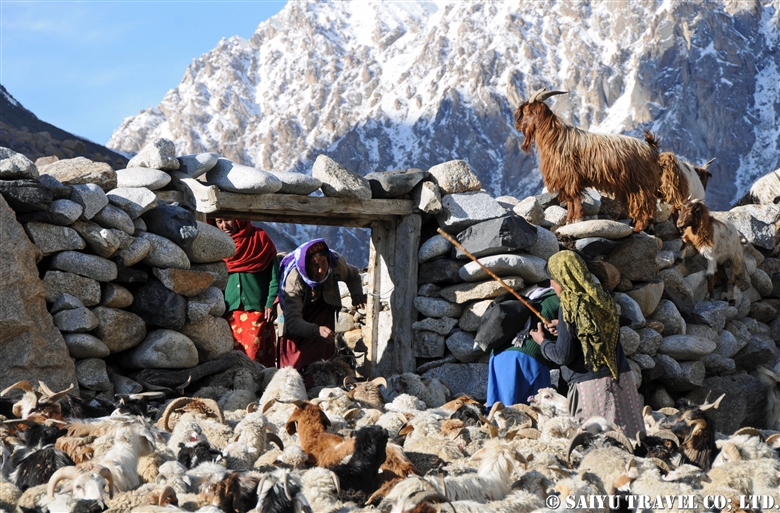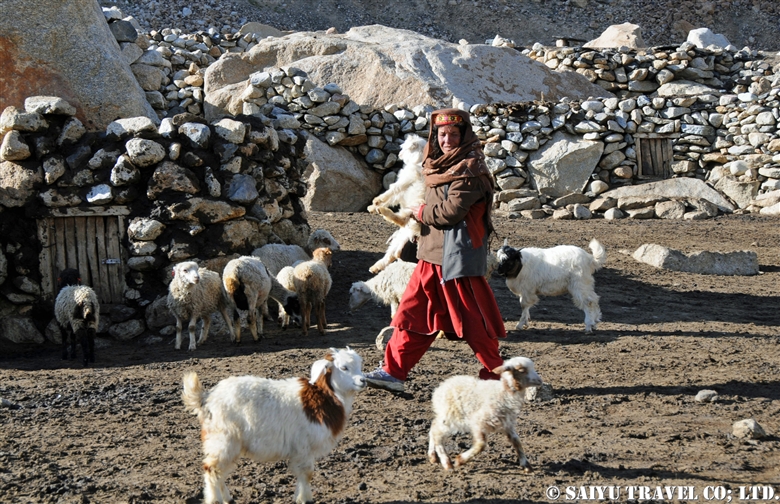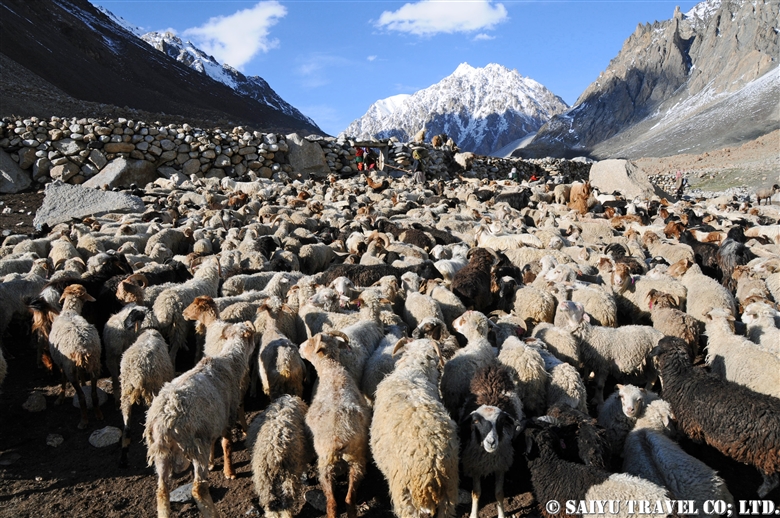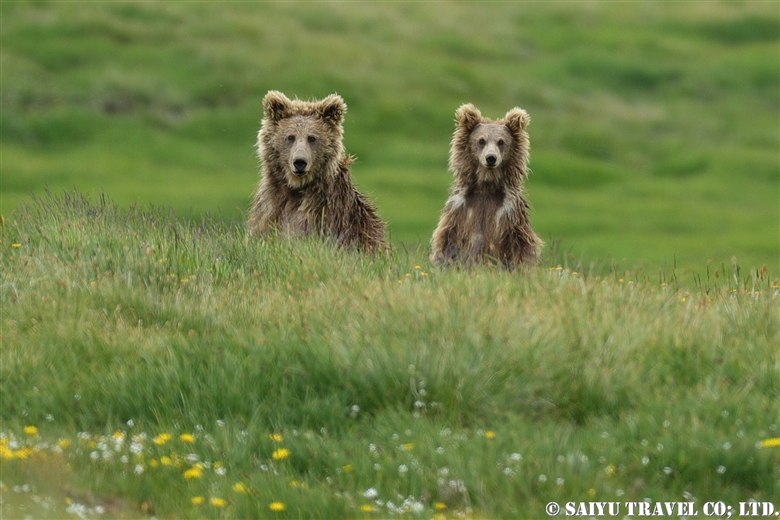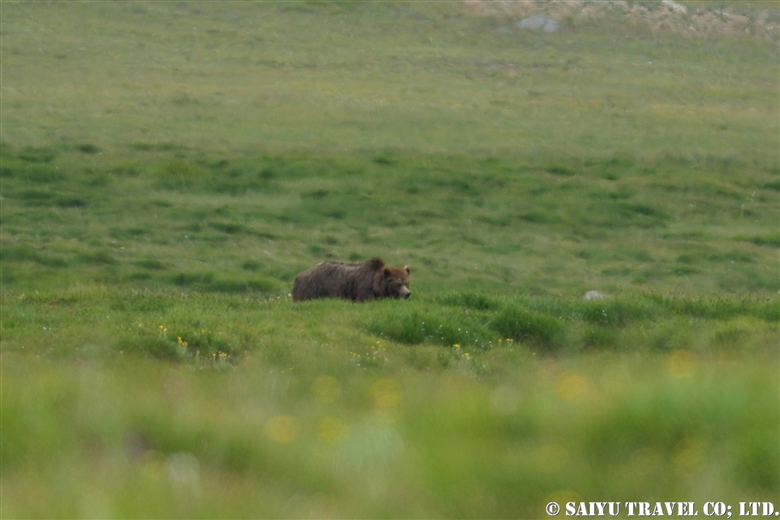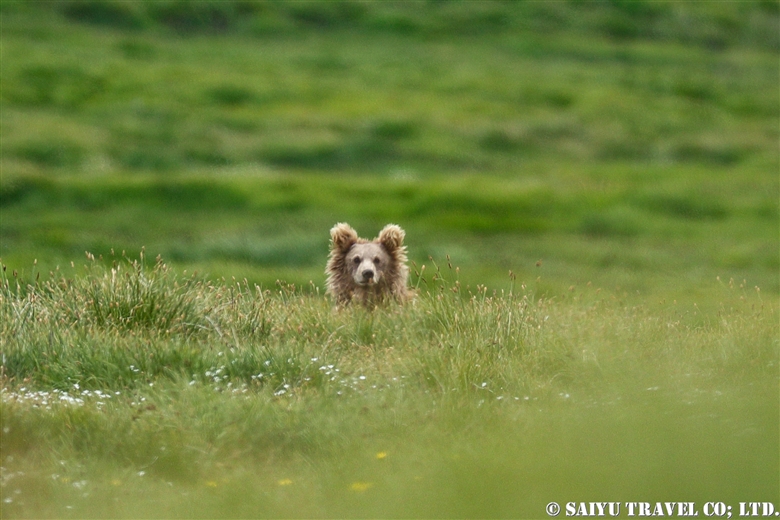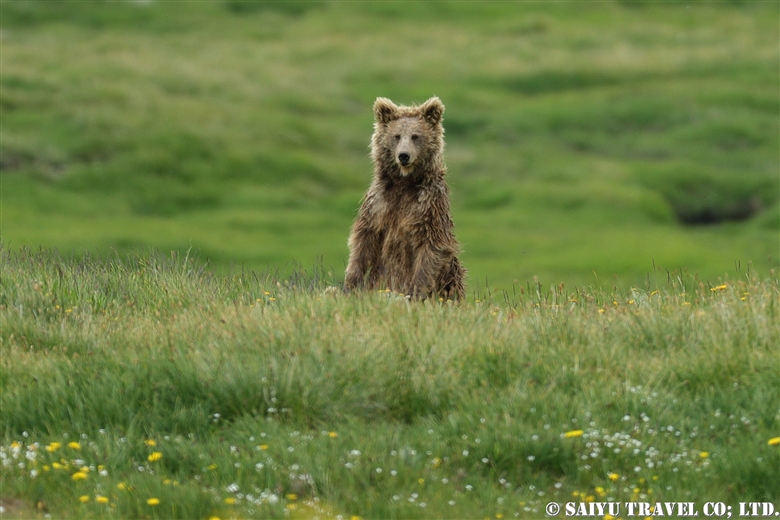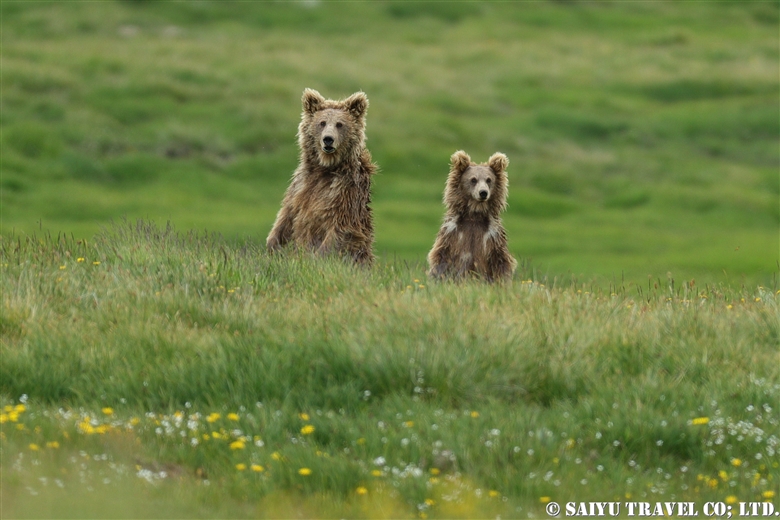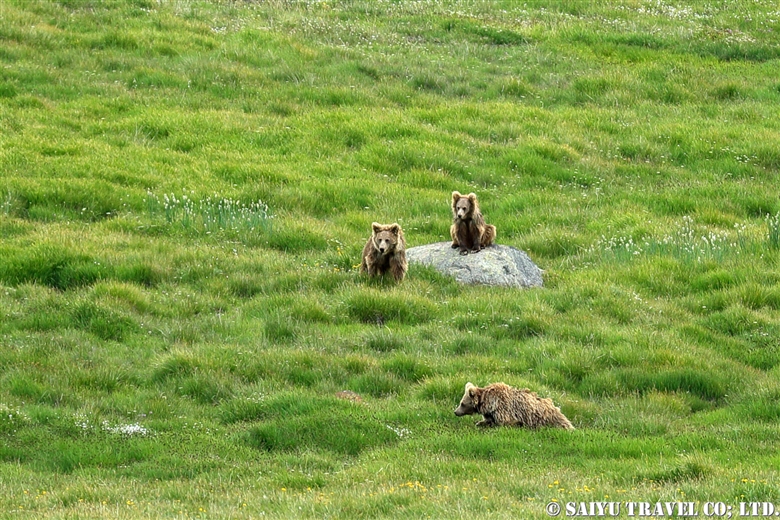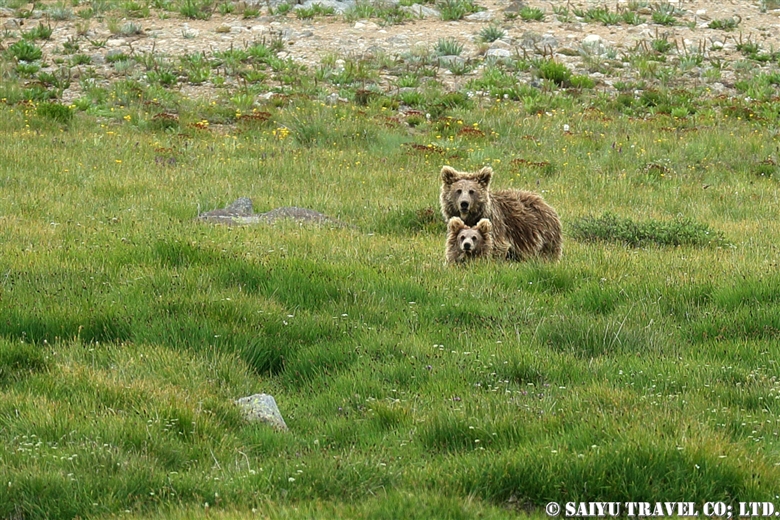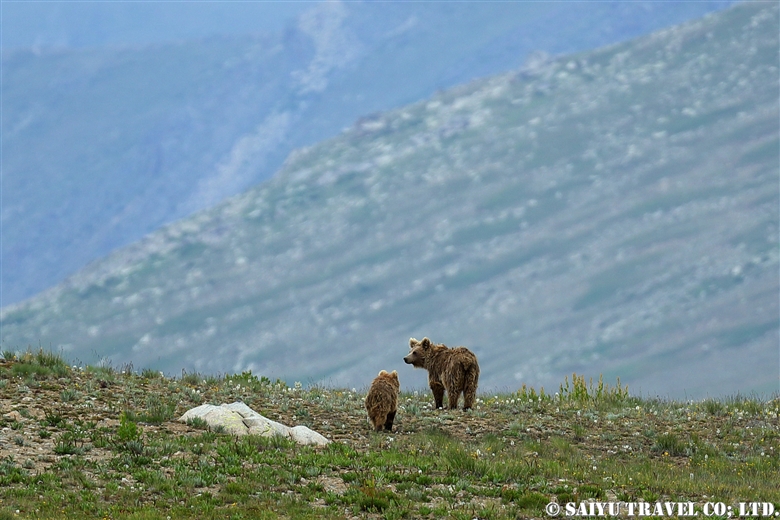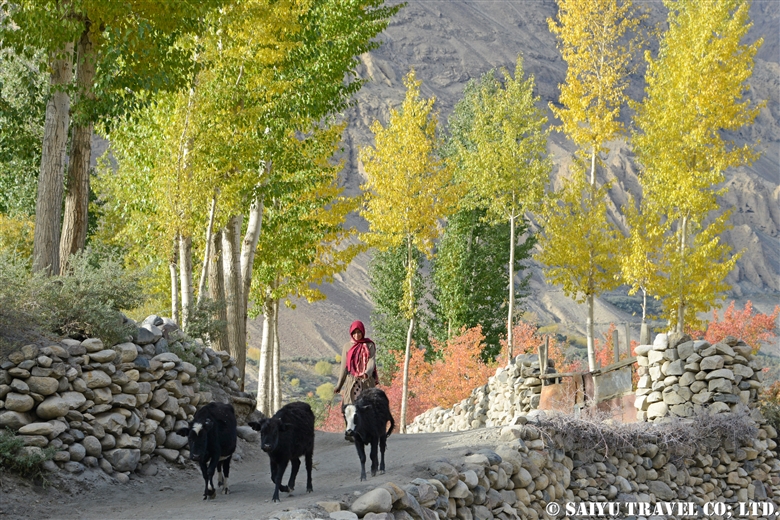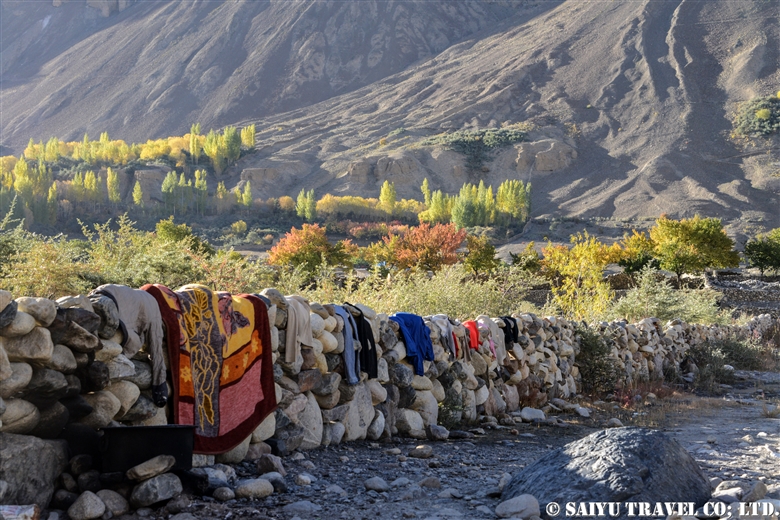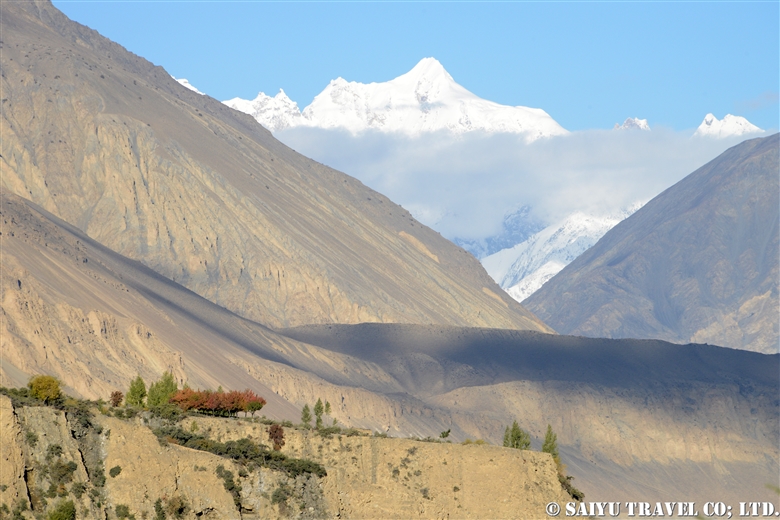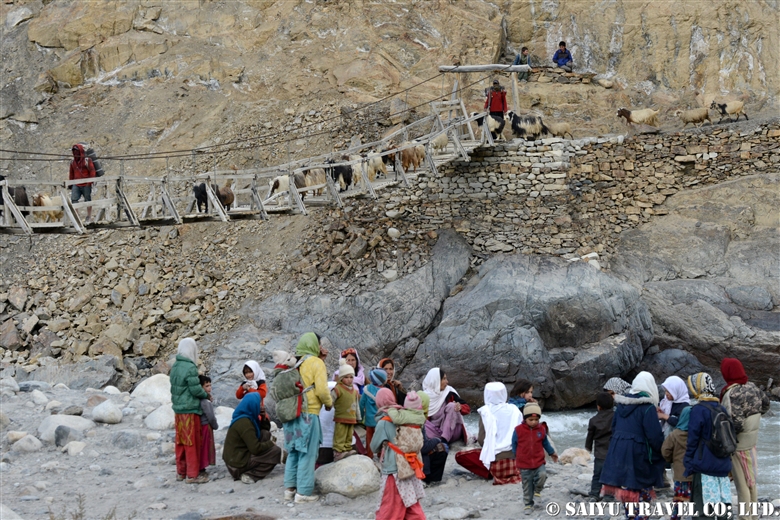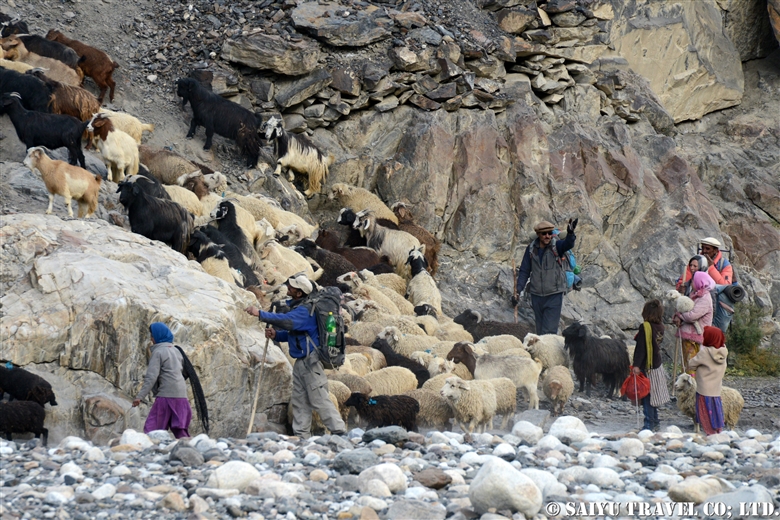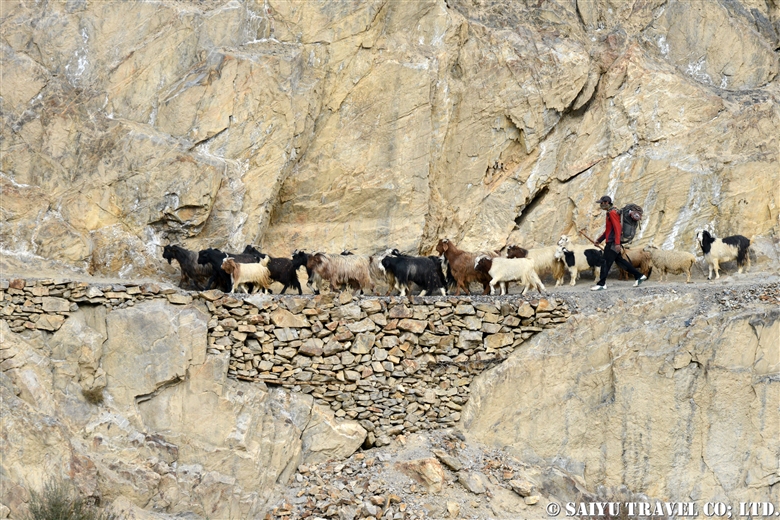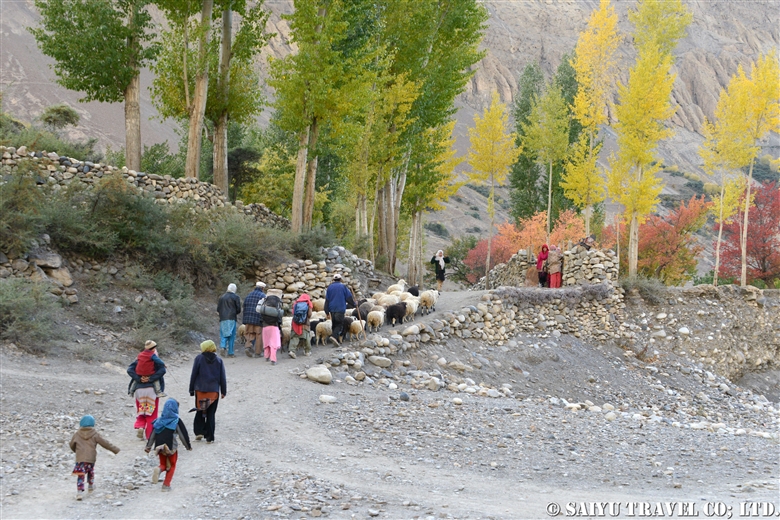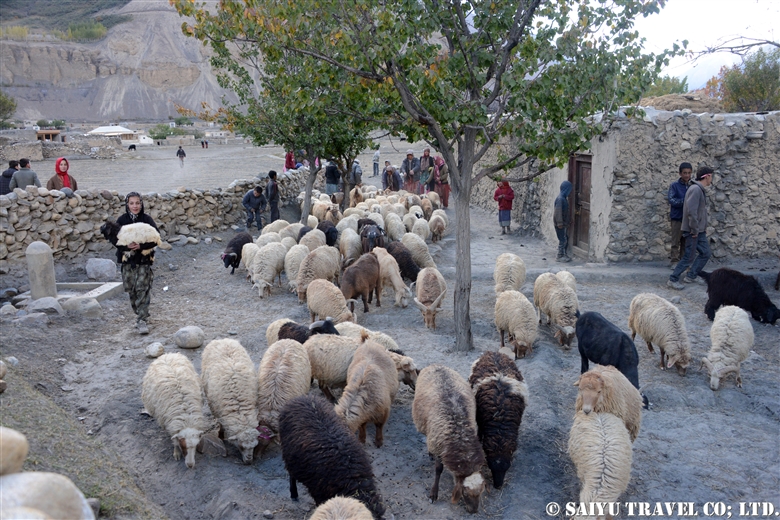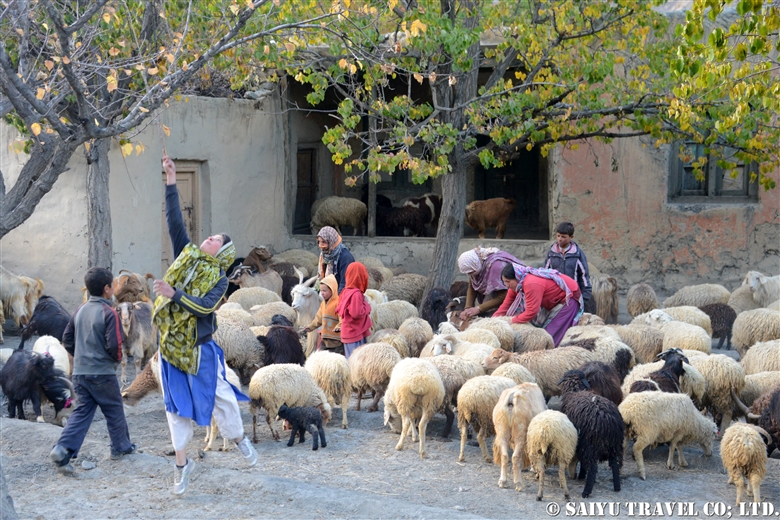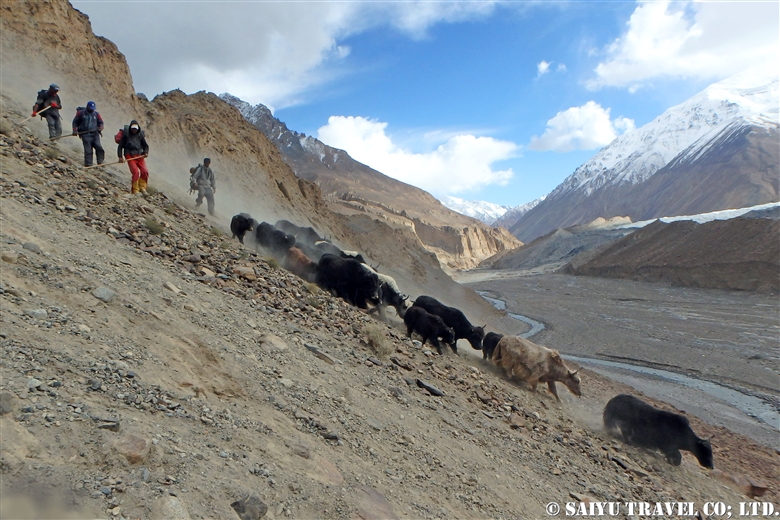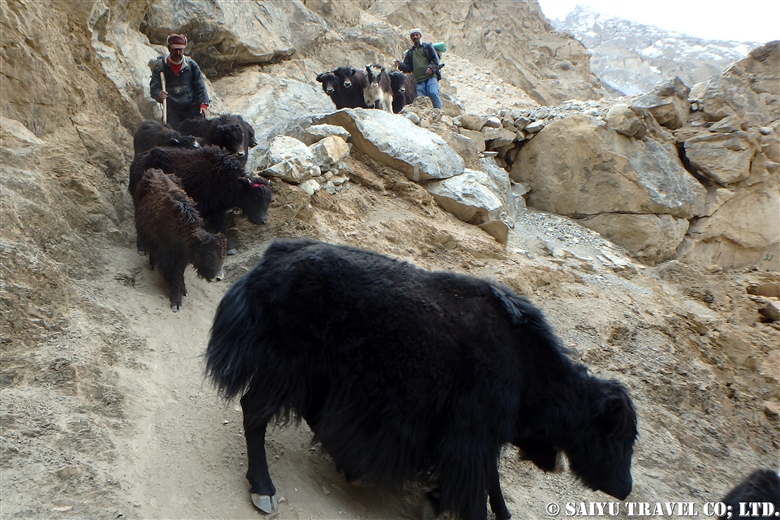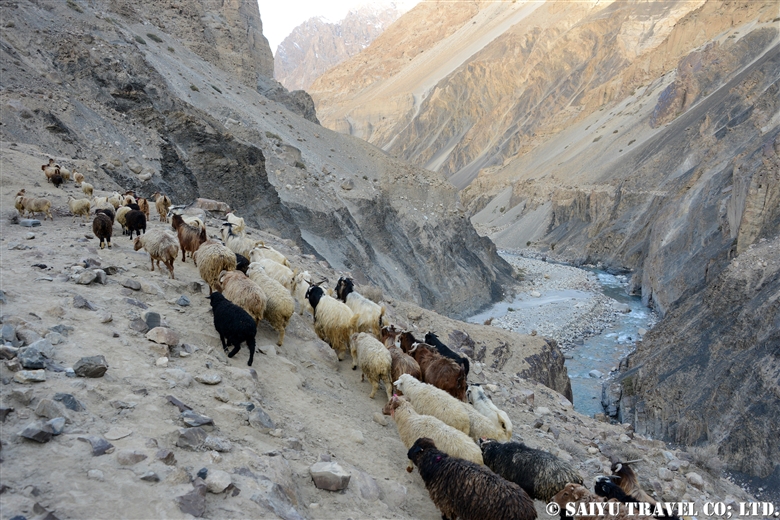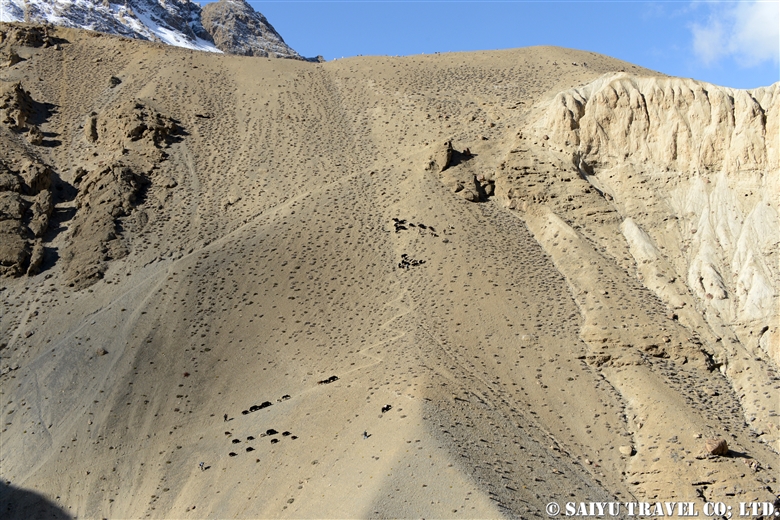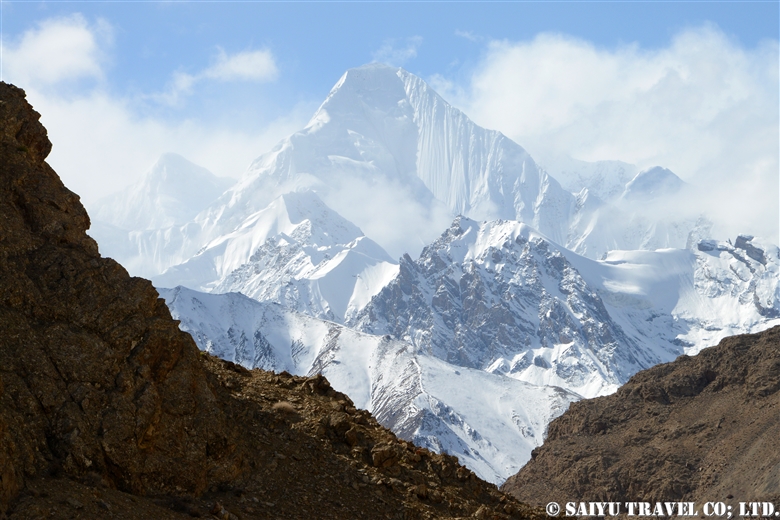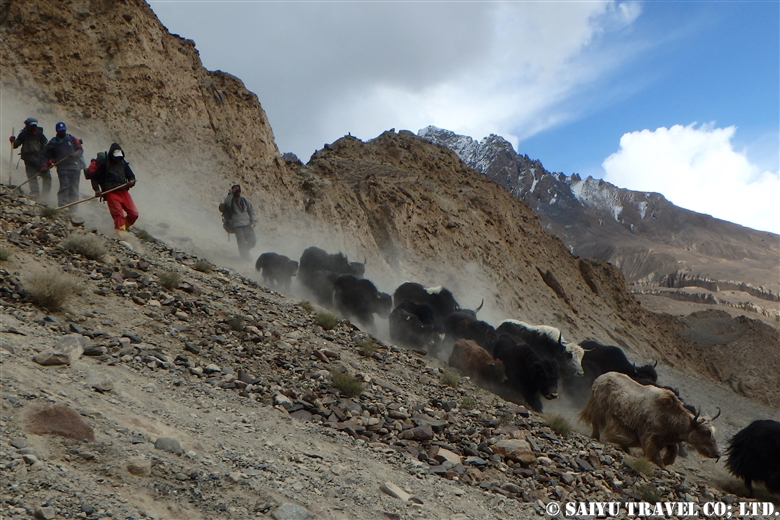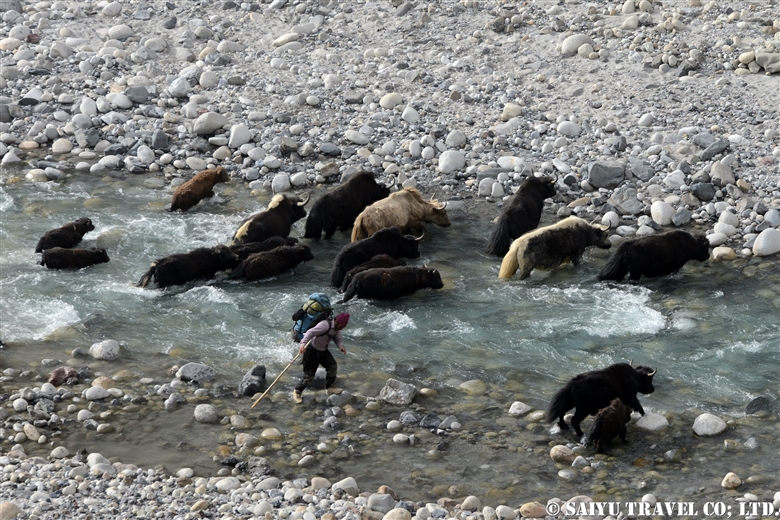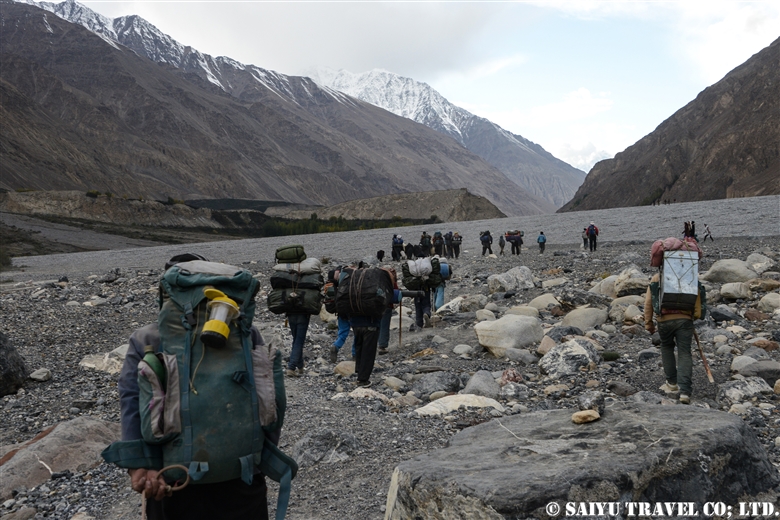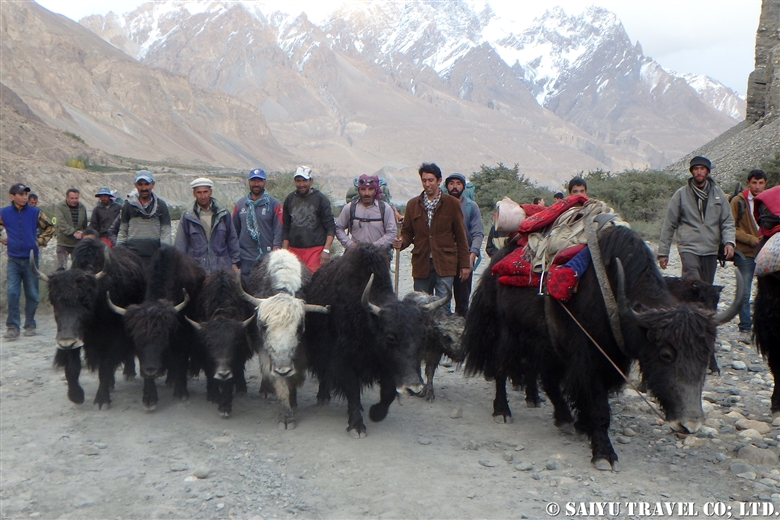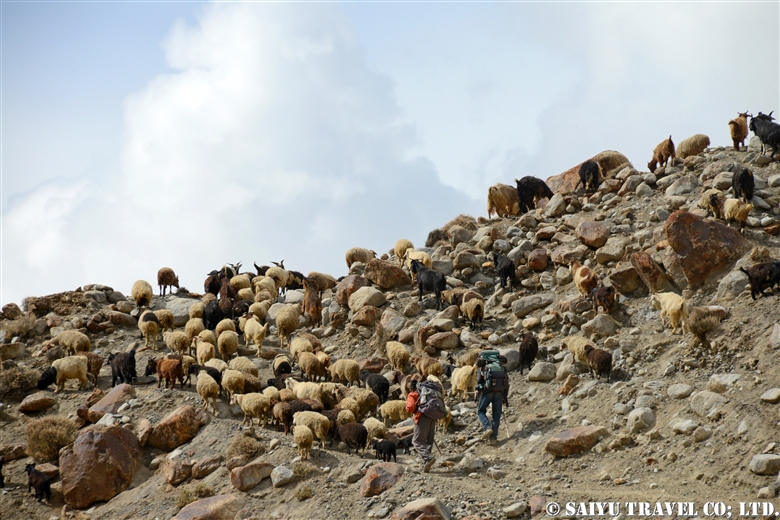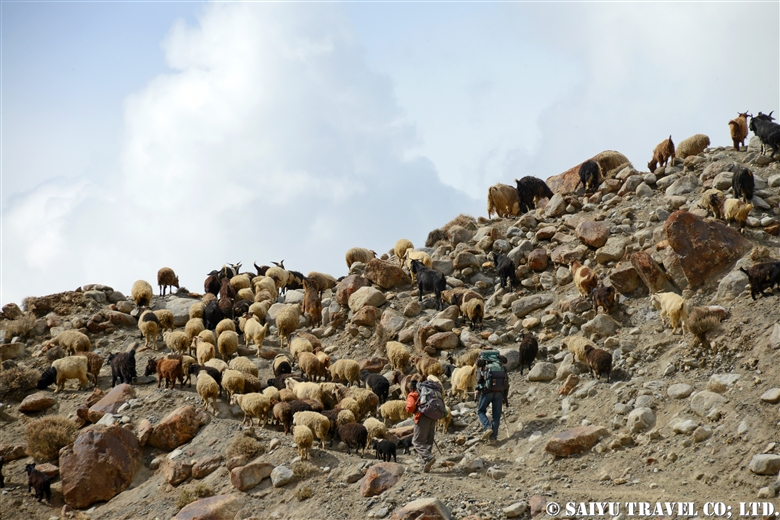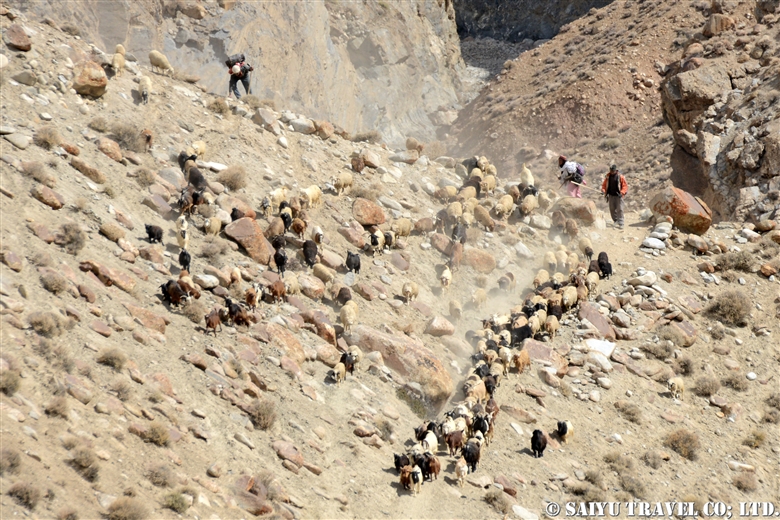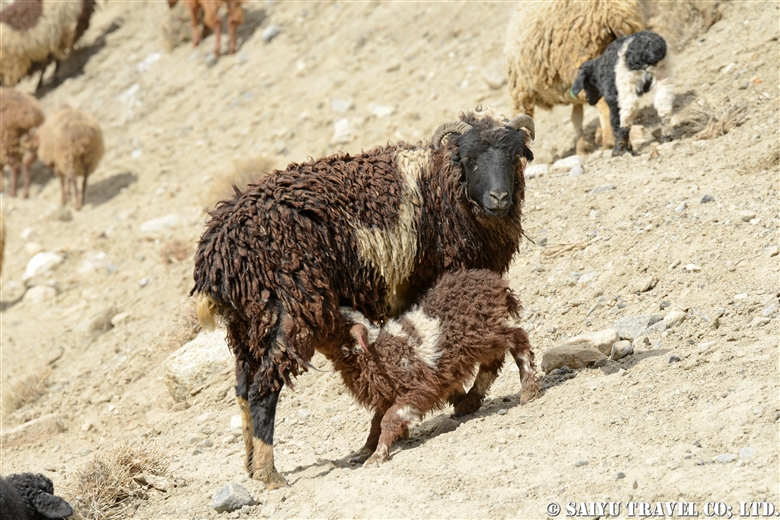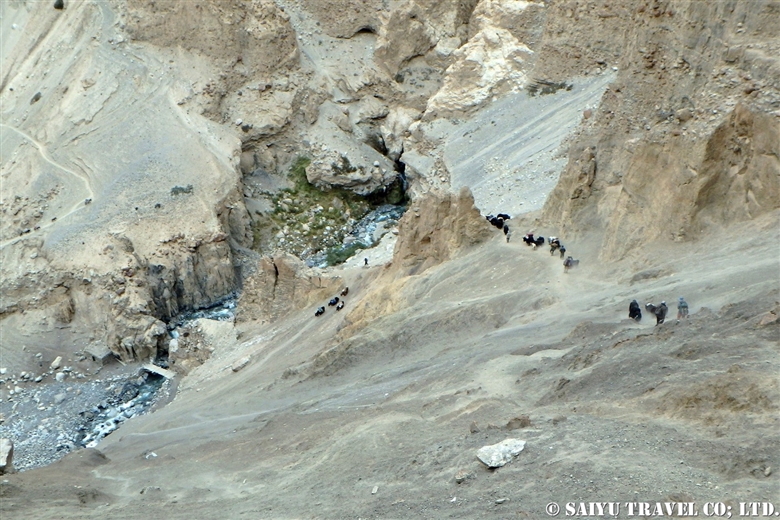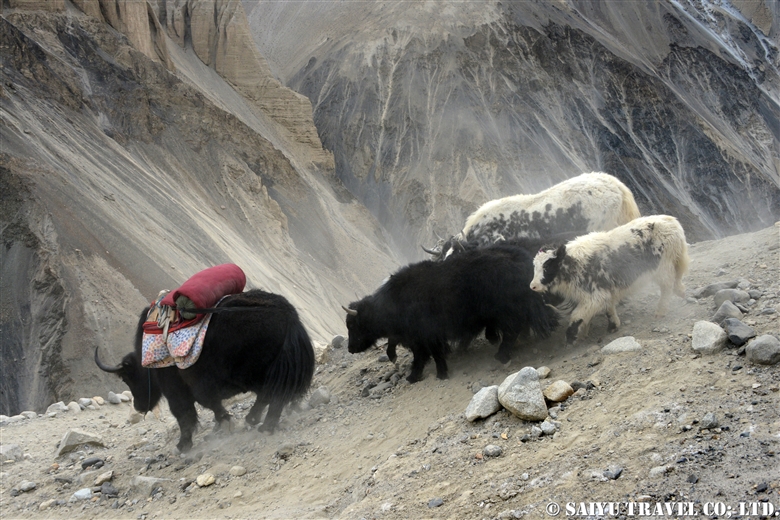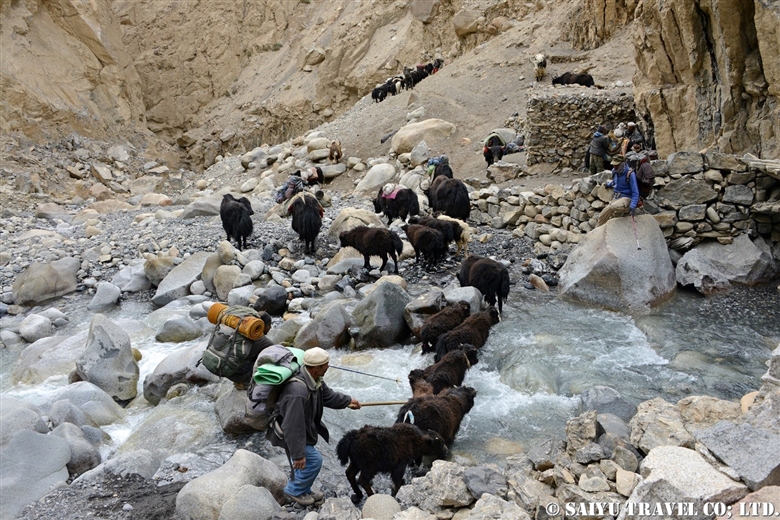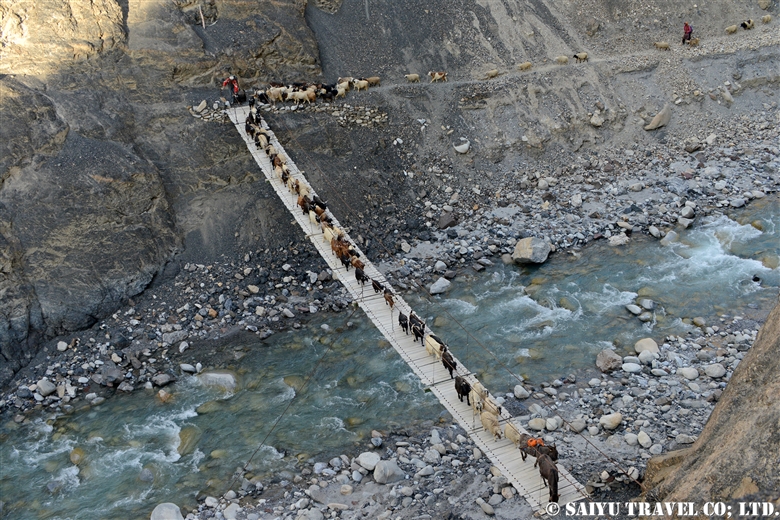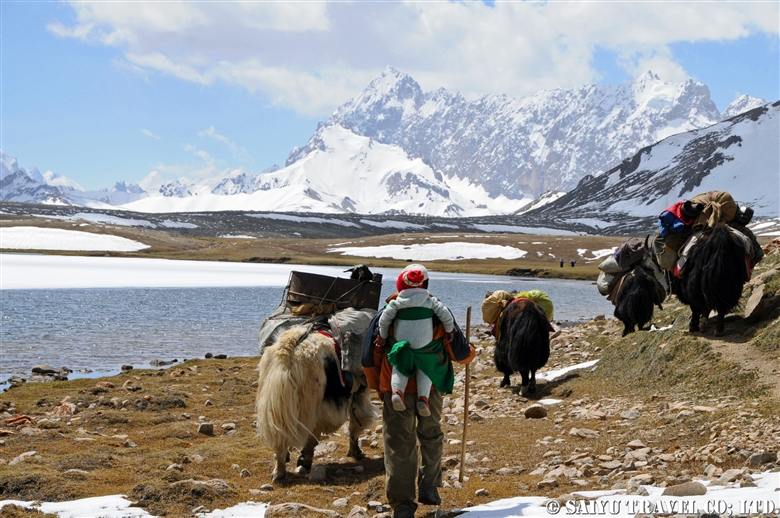
Shimshal Pamir’s summer KUCH, a Summer migration
If you know anything about summer in Shimshal, then you know there is a big part of life the “Pamir.” This is the tradition of KUCH, where the villagers move their livestock from Shimshal Village at the end of May. They first go to the summer village of Shuizherav and then at the end of June, make their way to the second summer village of Shuwerth.
Will you try the kuch? I will kuch!
It happened one day in June 2009. I walked along the Yak road to Shuizherav. My slow pace meant that I was overtaken by the Shimshal villagers. Everyone who passed uttered “Kuch” again and again. In order to help out with this great migration, everyone from men to the youth return from the city and gathered in the Shuizherav village. The exhausted goats and sheep had already started to gather in large numbers by the time we reached Shuizherav. As we all waited for the day of kuch, amongest the flocks of sheep and goats all surrounding my tent, day and night, I could participate in milking the sheep and goats. This was an amazing chance to experience summertime in the Shimshal life.
Heading towards the Pamir
It was decided last night, as I was told “Tomorrow is the kuch.”
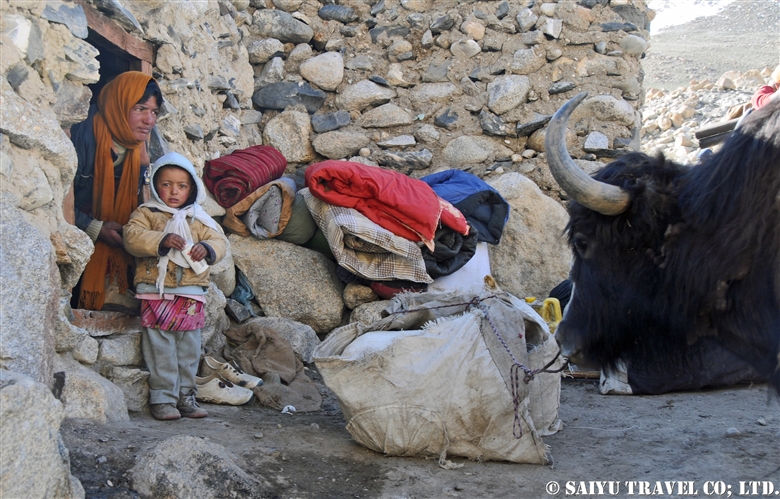
Securing the household goods to the male yak, the house was cleaned up, and by 9 am the first group of yaks depart. Then the yak’s enclosure was opened and everyone started heading towards Pamir. The sheep and goats walk a little slower and arrive a little later. On the plateau, at the foot of Minglik Sar, you will pass the beautiful lake Lup Zoi, then eventually you will cross Shimshal Pass.
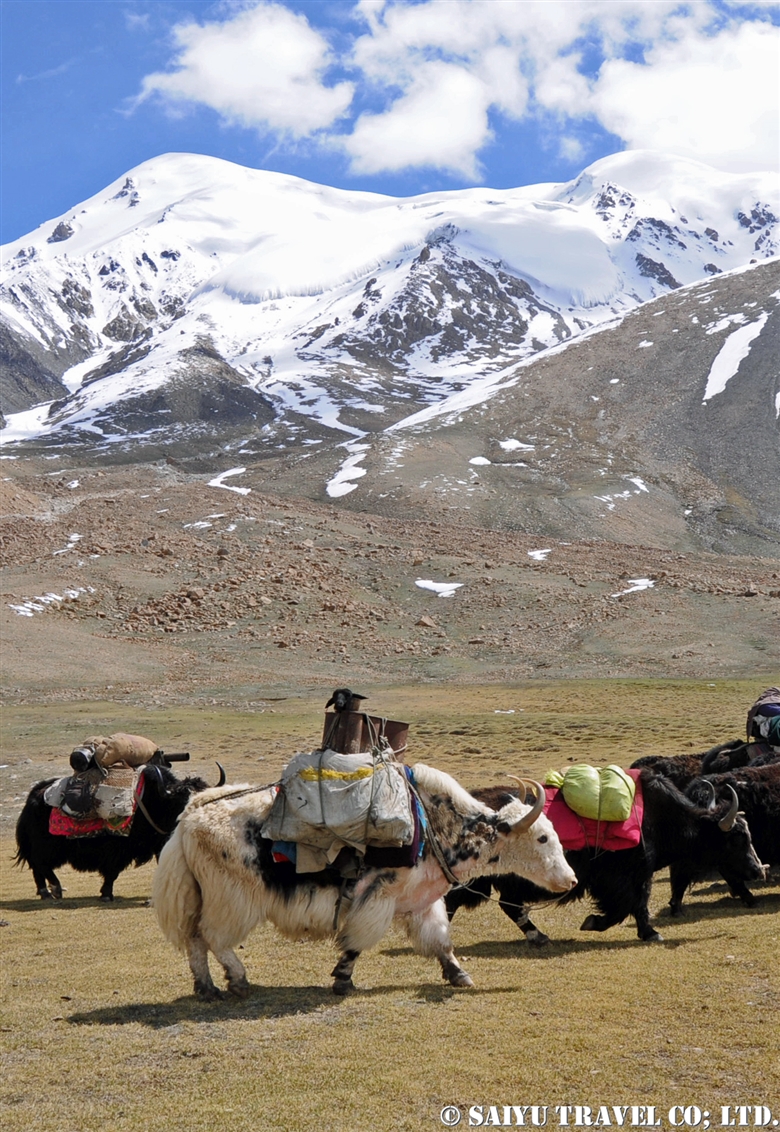
The yaks carry the load of household goods and pass in front of the 6,000m (19,685 ft) peak of Minglik Sar, in Shimshal. The yak carries a stove that has inside a baby goat that cannot walk.
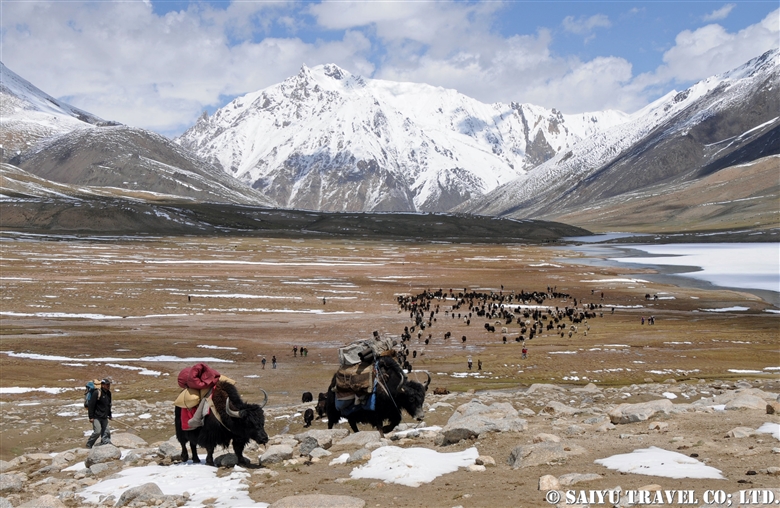
Looking back from here, there is a panoramic scene of the yaks moving in. Forgetting that we are at an altitude of 4,900m (16,076ft), we are happily walking with the yaks to the summer village of Shuwerth in Pamir.
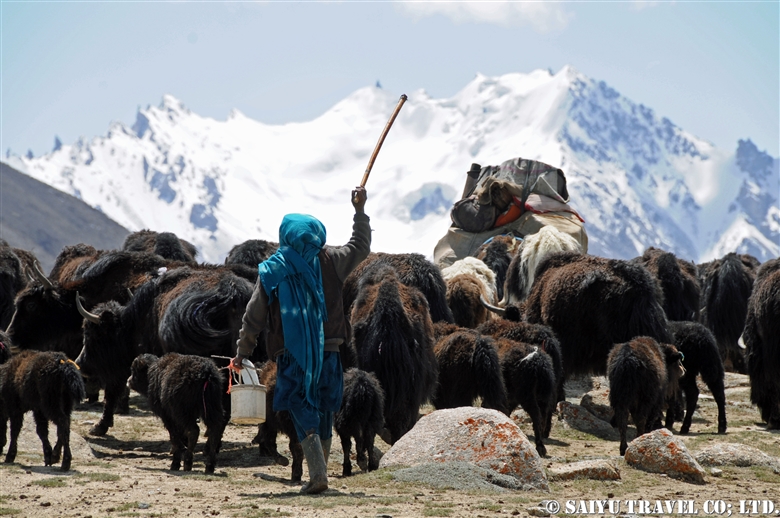
The herd of female yaks and the children as they cross Shimshal Pass.
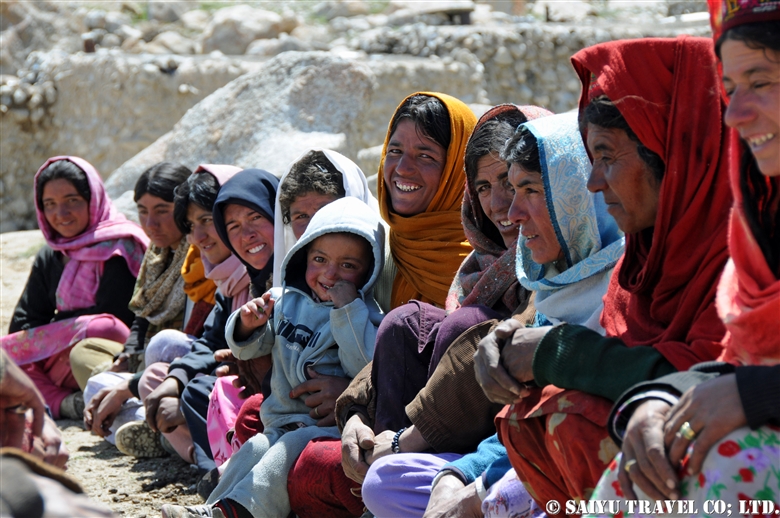
The special ceremony to celebrate the kuch and summer life.
Start of the Summer for Shuwerth
The villager women of Shimshal live in Shuwerth for three months, grazing the animals and making dairy products. As soon as the kuch is over, a ceremony is held to pray for the safety of the villagers and a good harvest for the summer. People prepare their homes and take care of the livestock. In the evening, the usual practice of milking the animals takes place.
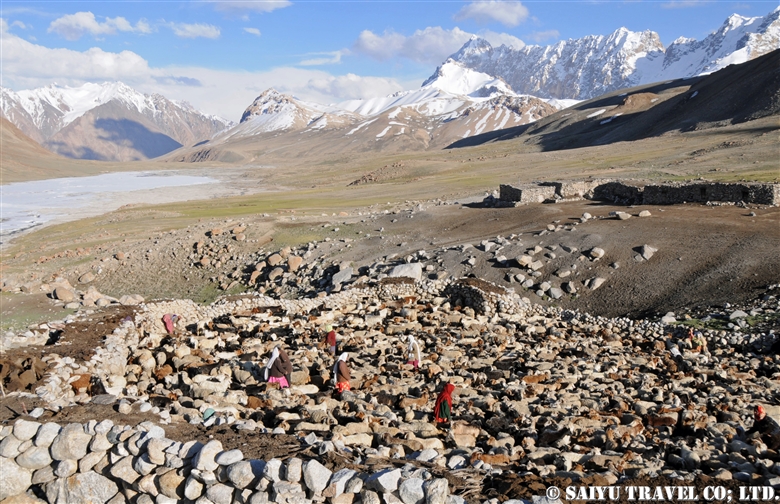
The paddock of Shuwerth. The scene of milking the animals every morning and evening.
I was so sad to say goodbye to the people who took care of me while I was there in Shuwerth, and as I left, I kept looking back at the view many times, as not to forget.
Photos & Text: Mairko SAWADA
Visit: June 2009, Shimshal Pamir, Shimshal, Gilgit-Baltistan
※This article is updated and based on the blog “Salaam Pakistan” first uploaded in March 2011. The Shimshal Kuch tradition is rapidly waning. I have heard that since my visit, you can no longer see the women from the villages in 2018 & 2019.
Category : ◆ Gilgit-Baltistan > - Shimshal
Tag : Kuch , Saiyu Travel Pakistan , Pakistan Blog , Pakistan Travel Blog , wakhi , Shimshal , Pakistan Travel company , Shimshal Autumn Kuch , Pakistan tour operator , Shimshal Pamir , Pakistan Photography Tour , Shimshal Pamir Trekking , Shimshal Village , Yak , Indus Caravan









